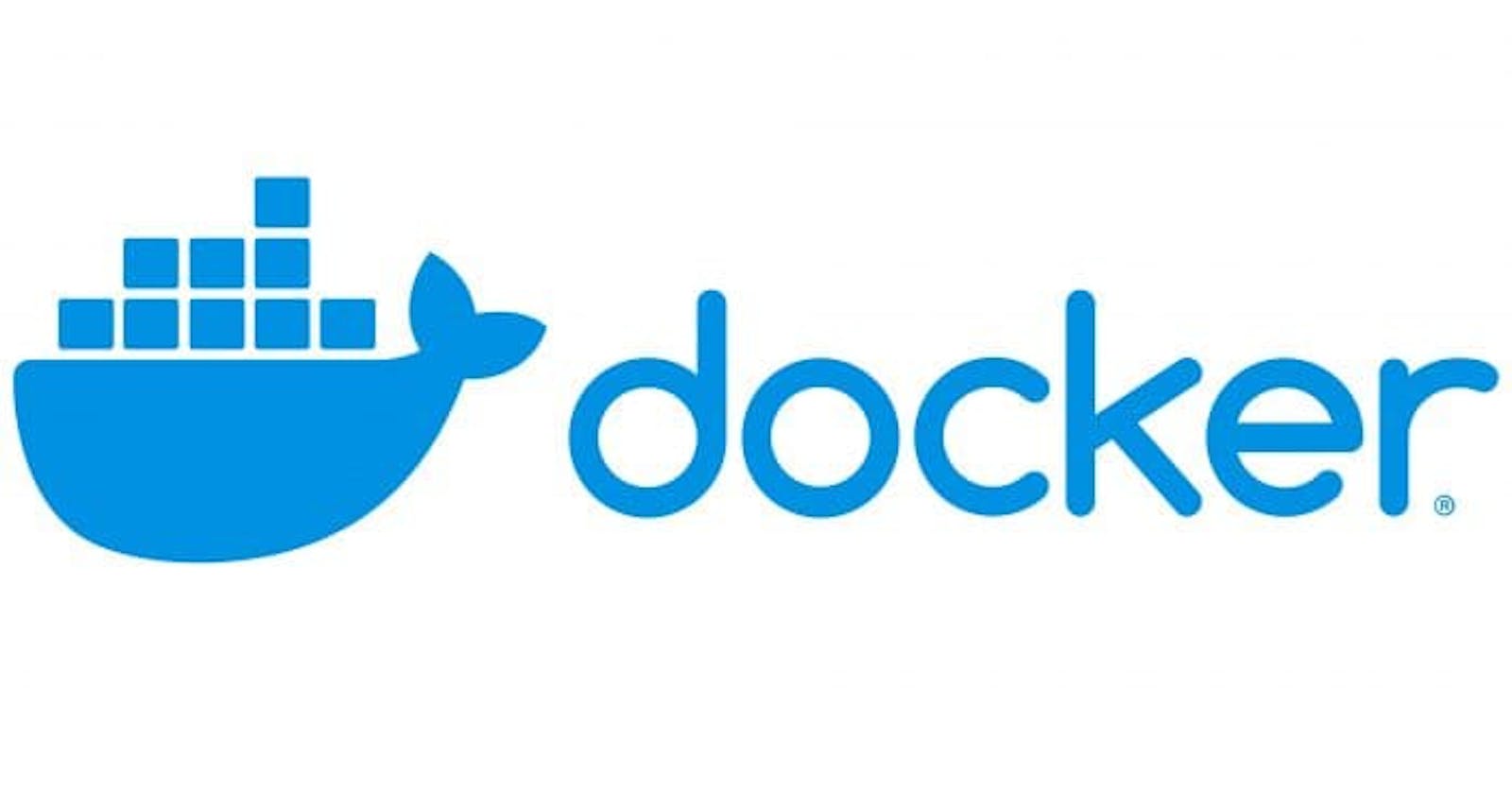Generating a Docker image from a container proves invaluable in various scenarios, offering practical solutions and enhancing development workflows.
Preserving Configuration Changes:
- When you run a container, you might make configuration changes or install additional software to meet your application's requirements. Creating an image from this container preserves these changes, allowing you to replicate the environment precisely in the future. This is crucial for consistency and reproducibility in development and deployment workflows.
Facilitating Debugging and Analysis:
- During development or debugging sessions, you might need to explore the contents of a container after executing specific commands. By creating an image from the container at a certain state, you freeze that state for further analysis. This can be helpful for diagnosing issues or documenting the debugging process.
Customizing Base Images:
- You may start with an official base image (like a Linux distribution) and then customize it within a container. Once the customization is complete, creating an image from the container allows you to use this customized state as a base image for future containers. It's a practical approach for maintaining consistency across your development or production environments.
Supporting Incremental Development:
- In an iterative development process, you may make changes to your application or dependencies within a running container. Periodically creating images from the container captures these changes, providing you with snapshots of your application at different development stages. This helps track progress and facilitates collaboration within development teams.
Streamlining Testing and QA Processes:
- After running tests or performing quality assurance within a container, creating an image from that container captures the tested state. This makes it easier to reproduce the same environment for additional testing, share it with QA teams, or deploy it in different testing environments, ensuring consistency across the testing pipeline.
Enabling Docker Image Export:
- Exporting containers along with their changes to different environments is made simpler by creating images. This is useful when you need to share your application, along with its dependencies, with collaborators or deploy it in environments where the original container might not be accessible.
Enhancing Disaster Recovery Protocols:
- As part of a disaster recovery plan, creating images from critical containers allows you to have snapshots of your applications' states. In the event of a system failure or data loss, you can quickly restore your application by deploying containers based on these images.
Serving as Documentation:
- Using container-to-image conversion as a form of documentation helps capture the evolution of your application environment. This documentation can be valuable for understanding the history of changes, troubleshooting issues, and facilitating knowledge transfer within development teams.
